 Welcome
Welcome
“May all be happy, may all be healed, may all be at peace and may no one ever suffer."
Clubfoot
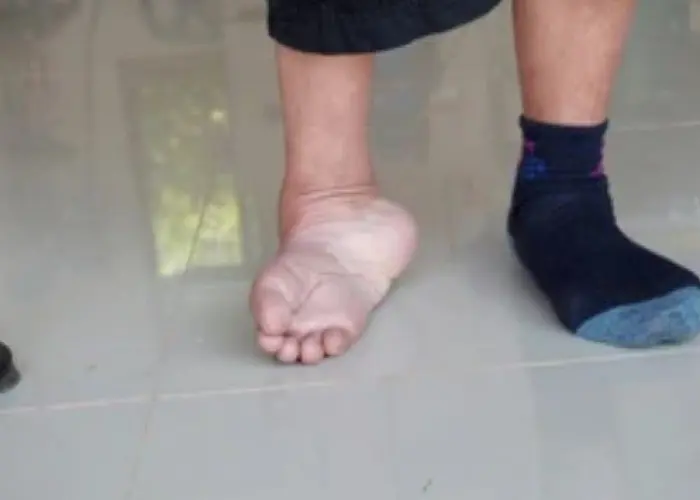
Clubfoot, also known as talipes equinovarus, is a congenital birth defect in which the foot is twisted out of its normal shape or position, causing it to appear as if it is turned inward and downward. Clubfoot can affect one or both feet, and it is one of the most common congenital orthopedic conditions.
The exact cause of clubfoot is not well understood, but it is believed to be due to a combination of genetic and environmental factors. The condition can sometimes be detected during prenatal ultrasound.
Treatment for clubfoot typically involves a series of manipulations and casting to gradually realign the foot into a more normal position. This process is usually started soon after birth and may continue for several months, with the goal of achieving a functional and pain-free foot. In some cases, surgery may be necessary to correct the alignment of the foot.
After treatment, children with clubfoot typically require long-term follow-up care to monitor for any recurrence of the deformity, as well as to address any ongoing complications, such as foot or ankle pain, muscle weakness, and difficulty with mobility.
While the prognosis for clubfoot is generally good with early intervention and appropriate treatment, the success of treatment may vary depending on the severity of the condition and the individual's response to treatment. With appropriate care, however, most children with clubfoot are able to walk and participate in normal activities without significant difficulty or limitations.
Research Papers
Disease Signs and Symptoms
- Curvature of leg bones
- The top of the foot is usually twisted downward and inward, increasing the arch and turning the heel inward.
- The foot may be turned so severely that it actually looks as if it's upside down.
- The affected leg or foot may be slightly shorter.
- The calf muscles in the affected leg are usually underdeveloped.
Disease Causes
Clubfoot
The cause of clubfoot is unknown (idiopathic), but it may be a combination of genetics and environment.
Disease Prevents
Clubfoot
Because doctors don't know what causes clubfoot, you can't completely prevent it. However, if you're pregnant, you can do things to limit your baby's risk of birth defects, such as:
- Not smoking or spending time in smoky environments
- Not drinking alcohol
- Avoiding drugs not approved by your doctor
Disease Treatments
Because your newborn's bones, joints and tendons are very flexible, treatment for clubfoot usually begins in the first week or two after birth. The goal of treatment is to improve the way your child's foot looks and works before he or she learns to walk, in hopes of preventing long-term disabilities.
Treatment options include:
- Stretching and casting (Ponseti method)
- Surgery
Stretching and casting (Ponseti method)
This is the most common treatment for clubfoot. Your doctor will:
- Move your baby's foot into a correct position and then place it in a cast to hold it there
- Reposition and recast your baby's foot once a week for several months
- Perform a minor surgical procedure to lengthen the Achilles tendon (percutaneous Achilles tenotomy) toward the end of this process
After the shape of your baby's foot is realigned, you'll need to maintain it with one or more of the following:
- Doing stretching exercises with your baby
- Putting your child in special shoes and braces
- Making sure your child wears the shoes and braces as long as needed — usually full time for three months, and then at night and during naps for up to three years
For this method to be successful, you'll need to apply the braces according to your doctor's directions so that the foot doesn't return to its original position. The main reason this procedure sometimes doesn't work is because the braces are not used as directed.
Surgery
If your baby's clubfoot is severe or doesn't respond to nonsurgical treatments, more-invasive surgery may be needed. An orthopedic surgeon can lengthen or reposition tendons and ligaments to help ease the foot into a better position. After surgery, your child will be in a cast for up to two months, and then need to wear a brace for a year or so to prevent the clubfoot from coming back.
Even with treatment, clubfoot may not be totally correctable. But in most cases, babies who are treated early grow up to wear ordinary shoes and lead full, active lives.
Disease Diagnoses
Disease Allopathic Generics
Disease Ayurvedic Generics
Disease Homeopathic Generics
Disease yoga
Clubfoot and Learn More about Diseases
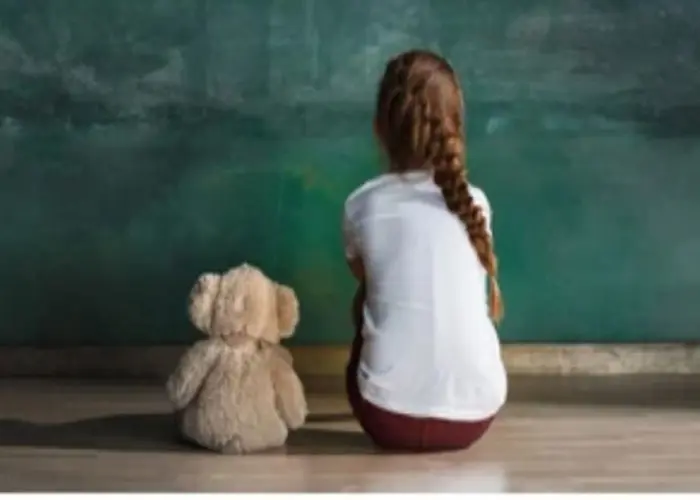
Autism spectrum disorder

Histoplasmosis
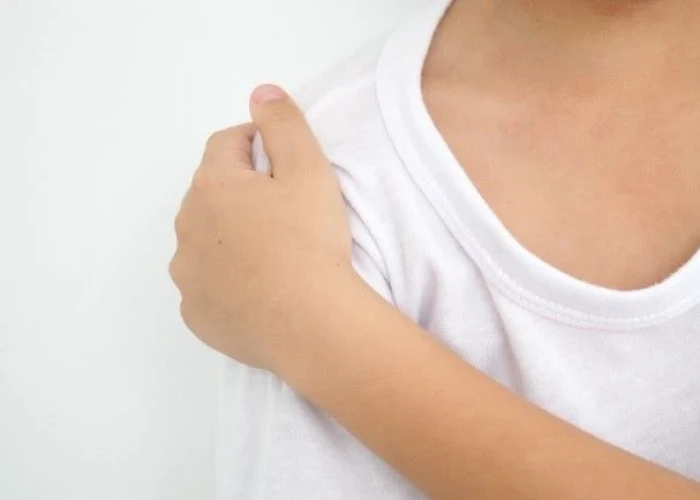
Polymyalgia rheumatica
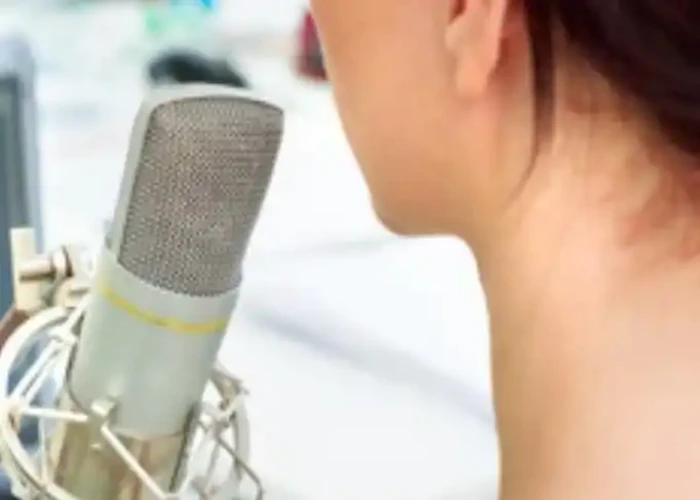
Vocal cord paralysis

Somatic symptom disorder

Spina bifida
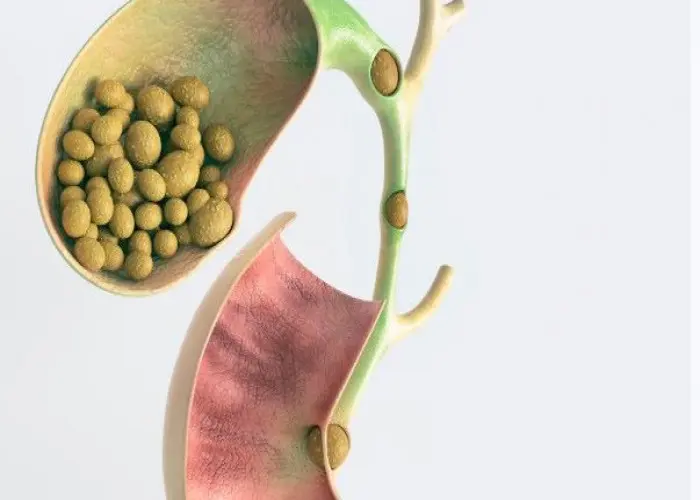
Gallstones
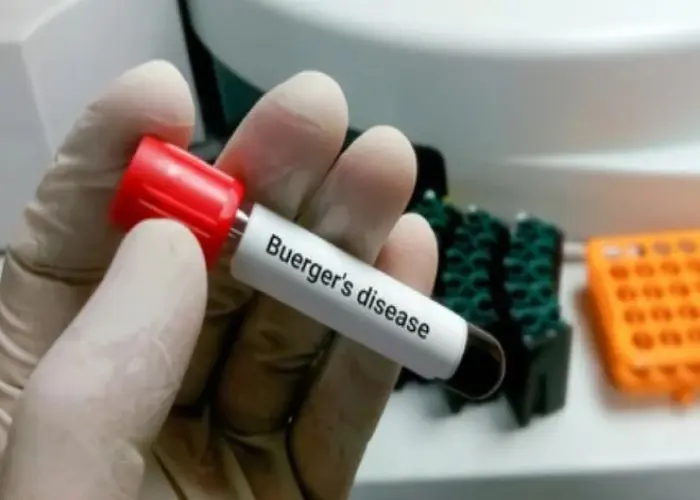
Buerger's disease
Clubfoot, Talipes equinovarus, ক্লাবফুট
To be happy, beautiful, healthy, wealthy, hale and long-lived stay with DM3S.
